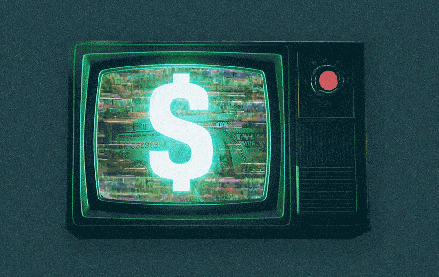Save 50% on a 3-month Digiday+ membership. Ends Dec 12.
How HuffPost UK is using video to break out of the London politics bubble
The U.K.’s general election is coming up June 8, and with the recent U.S. presidential vote outcome that stunned voters and the media alike, HuffPost UK is making sure its reporting goes beyond the London echo chamber.
Video is a key part of this effort. HuffPost UK’s 10-person video team is increasing its output to nearly 30 a week, up from roughly 20, and expects to increase that output as the election gets closer.
The videos, which take the form of miniseries, blogs and 360-degree video, are being distributed on its own site, Facebook, YouTube, Twitter and Instagram. Younger-skewing videos are pushed to Snapchat.
“The main focus for our general election coverage is to get beyond the usual bubbles of London and Westminster and talk to real people,” said Paul Waugh, executive editor for politics at HuffPost UK. “The reader expects us to do things differently.”
This effort includes Beyond Brexit, a new editorial feature from HuffPost UK that looks beyond the U.K.’s official split from the EU, which is set for March 2019. It’s focusing on topics like social care, school cuts and air pollution, issues HuffPost identified as highly important to voters. HuffPost UK also produces short 60-second films of focus groups it holds with people around the country, and films experts discussing solutions to issues politicians are avoiding, like the housing crisis.
“HuffPost readers are working-class readers, too,” said Waugh. “We want to get a flavor of how Brexit-y people are. We saw lifelong Labour voters going directly to Theresa May; we want to develop those themes.”
Other news outlets including the BBC have also made a point of looking beyond London and the political seats in their political coverage.
HuffPost UK continues to experiment with 360-degree video as part of its political coverage. The publisher sees value in the format by combining it with data feeds. So far, it’s produced one that uses data to tell political stories, and two more are set to go live ahead of the election. The first video puts the political leaders around a compass so viewers can explore the full political spectrum and where the parties stand on Brexit, pulling in data from polling firm ICM. “It’s a way to try and bring data alive that would otherwise be quite dry,” said Dawn Kelly, head of video and multimedia production AOL UK. The video has 20,000 views on Facebook, and HuffPost said it has 170,000 views on its own site.
Other videos in development include a feature recorded via drone with grime artist Melz interviewing London Mayor Sadiq Khan, which is in post-production. The publisher has also filmed a series of seven video blogs with spoken-word artists on issues that matter to them, including mental health, women’s rights and terrorism. It’s using this format for a series on politicians sharing why people should vote for them.
Images: courtesy of AP, via Facebook.
More in Future of TV

Future of TV Briefing: How agencies are setting up their programmatic teams for the agentic AI era
This week’s Future of TV Briefing recaps two sessions from last week’s Digiday Programmatic Marketing Summit about how agencies’ programmatic buying teams are evolving.

Future of TV Briefing: The streaming ad upfront trends, programmatic priorities revealed in Q3 2025 earnings reports
This week’s Future of TV Briefing looks at what TV and streaming companies’ latest quarterly earnings report indicate about the state of the streaming ad market.

Future of TV Briefing: The creator economy needs a new currency for brand deals
This week’s Future of TV Briefing looks at why paying creators based on reach misses the mark and what IAB is doing to clear up the creator-brand currency situation.





